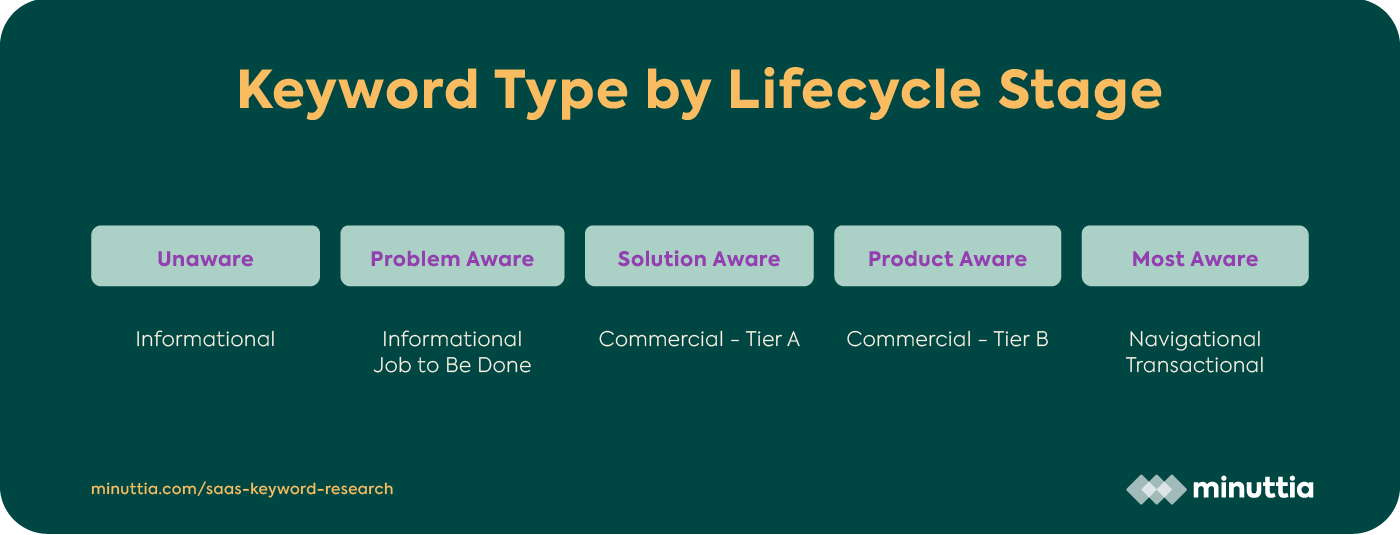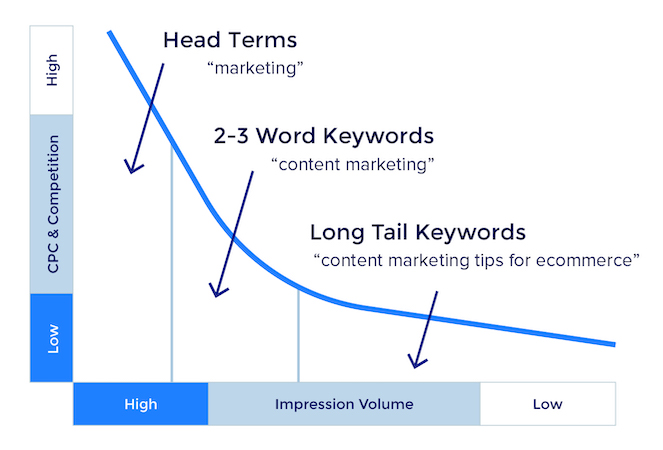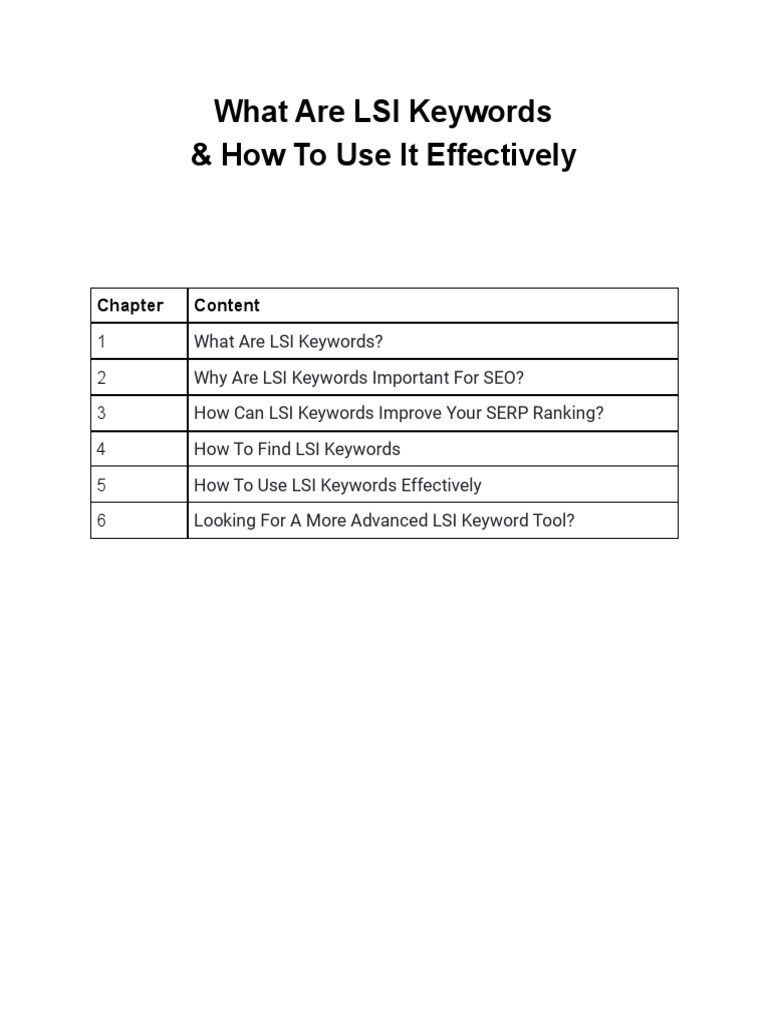
Keyword research is a foundational element of any successful SEO strategy. It’s not just about finding the right words to include in your content; it’s about understanding your audience, identifying opportunities, and optimizing your website to attract the right kind of traffic. In the ever-evolving world of search engines, keyword research remains one of the most critical components of digital marketing. Whether you’re a SaaS company looking to boost your online presence or a content creator aiming to drive more organic traffic, mastering keyword research can make all the difference.
This guide will walk you through the essential steps of keyword research, explore various strategies, and introduce you to some of the best tools available. By the end, you’ll have a comprehensive understanding of how to conduct effective keyword research that aligns with your business goals and helps you achieve higher rankings on search engine results pages (SERPs).
What is Keyword Research?
Keyword research is the process of identifying the words and phrases that users type into search engines when looking for information, products, or services related to your niche. These keywords are crucial because they help search engines understand what your content is about and match it with relevant queries.
For SaaS companies, keyword research goes beyond just targeting branded or commercial keywords. It involves uncovering the language your target audience uses when searching for solutions to their problems. For example, if you’re offering an email automation tool, you might want to target keywords like “best email automation tools” or “how to automate emails” alongside more specific terms like “email marketing campaigns.”
By understanding these search terms, you can create content that resonates with your audience, improves your website’s visibility, and ultimately drives conversions.
Why is Keyword Research Important?

Keyword research is vital for several reasons:
- Understanding Audience Needs: It helps you identify the topics and questions your audience is interested in. This insight allows you to create content that addresses their pain points and provides value.
- Improving On-Page Optimization: With the right keywords, you can optimize your content to rank higher in search results, increasing your chances of being discovered by potential customers.
- Tracking ROI: By monitoring which keywords your content ranks for, you can measure the effectiveness of your SEO efforts and adjust your strategy accordingly.
- Competitive Advantage: Analyzing your competitors’ keywords can reveal gaps in the market and help you target underutilized terms that may lead to better rankings.
A case study from MADX shows that using keyword research helped a client increase their organic site traffic by 277% in just a few months. This demonstrates the power of strategic keyword targeting in driving real results.
7-Step SaaS Keyword Research Process
To effectively conduct keyword research for your SaaS business, follow this structured approach:
#1 Brainstorm a Seed List of Topics and Terms
Start by brainstorming a list of seed topics and terms related to your product or service. These could be based on customer interactions, common questions, or industry trends. For example, if you’re a project management tool, you might consider terms like “project management techniques,” “team collaboration tools,” or “task management software.”
Use input from different teams, such as customer support, sales, and marketing, to gather insights. This collaborative approach ensures you cover a wide range of perspectives and ideas.
#2 Use Your Seed Term Buckets to Find Search Competitors
Once you have a list of seed terms, use search engines to find out who is ranking for those terms. This includes both direct and indirect competitors. For instance, if your keyword is “best project management tools,” you might find companies like Proofhub, Asana, and even Forbes (which covers similar topics).
Analyzing your competitors’ strategies can provide valuable insights into which keywords are effective and where there might be opportunities for improvement.
#3 Place This Seed List Into Your Keyword Tool of Choice
Use SEO tools like Ahrefs, SEMrush, or Moz to analyze your seed keywords. These tools provide data on metrics such as keyword difficulty, search volume, and estimated clicks. This information helps you prioritize which keywords to target based on their potential impact and feasibility.
For example, Ahrefs can show you the parent topic for each keyword, helping you identify broader themes that you can explore in your content.
#4 Assign Keyword Intent to Each Term
Understanding search intent is crucial for creating content that meets user expectations. There are four main types of search intent:
- Informational: Users are seeking information (e.g., “what is project management”).
- Navigational: Users are looking for a specific website or page (e.g., “Asana login”).
- Commercial: Users are researching products or services (e.g., “Asana vs. ClickUp”).
- Transactional: Users are ready to make a purchase (e.g., “buy Asana”).
By assigning the correct intent to each keyword, you ensure that your content aligns with what users are looking for, improving your chances of conversion.
#5 Give Each a Search Priority Score
Not all keywords are created equal. Some may have high search volume but low relevance, while others may be highly relevant but have lower search volume. To prioritize your keywords, consider factors such as:
- Current Ranking: Are you already ranking for this keyword?
- Backlink Potential: How many backlinks will you need to outrank your competitors?
- Search Volume: Is the keyword too competitive or too niche?
- Evergreen Potential: Will this keyword remain relevant over time?
Creating a scoring system based on these factors helps you focus on the keywords that offer the best return on investment.
#6 Give Each a Business Priority Score
While traffic is important, it’s equally crucial to consider which keywords are most likely to convert. A business priority score helps you determine which keywords align with your business goals. Factors to consider include:
- Relevance to Your Product: Does this keyword directly relate to your product or service?
- Conversion Potential: Are users likely to take action after clicking on this keyword?
- Target Audience: Does this keyword attract your ideal customers?
By prioritizing keywords that align with your business objectives, you can create content that not only drives traffic but also leads to meaningful conversions.
#7 Map Target Keywords to Existing Content Assets
Finally, map your target keywords to existing content assets. This can involve optimizing underperforming content or creating new content around high-priority keywords. Be mindful of keyword cannibalization, where multiple pieces of content compete for the same keyword, potentially harming your rankings.
13 SaaS Keyword Research Methods That Work

In addition to the seven-step process, there are several other methods you can use to refine your keyword research strategy:
- ICP & Anti-ICP: Understand your Ideal Customer Profile (ICP) and avoid targeting customers who are unlikely to convert.
- Analyze Competitor Keywords: Use tools like Ahrefs to see which keywords your competitors are ranking for and identify gaps.
- Focus on Jobs to Be Done: Identify the different ways your product solves problems for various customer segments.
- Dig Into Google Ad Converters: Use PPC data to find high-performing keywords.
- Use Reviews to Get Customer’s Search Intent: Analyze reviews on platforms like G2 and Capterra to uncover hidden keywords.
- Create a Customer Journey Map: Understand the stages your customers go through before making a purchase.
- Analyze Sales Calls: Listen to sales calls to identify common pain points and language used by customers.
- Leverage the Power of Google Suggest: Use Google’s autocomplete feature to discover related keywords.
- Understand Your Key Switch Moments: Identify when users switch from one product to another and target those keywords.
- Consider Adjacent Use Cases: Explore how your product is used in unexpected ways.
- Extend the Top of the Funnel Keywords: Create broad content that appeals to a wider audience.
- Use Topic Clusters and Pillar Content Strategy: Group related keywords into topic clusters to build authority.
- Make AI Your Friend: Use AI tools to generate keyword ideas and content suggestions.
Tools for Effective Keyword Research

There are numerous tools available to help you conduct keyword research. Here are some of the most popular ones:
- SEMrush: Offers comprehensive keyword analysis, competitor research, and content optimization features.
- Ahrefs: Provides detailed keyword data, including search volume, difficulty, and backlink analysis.
- Moz Keyword Explorer: Helps you find relevant keywords and track your rankings.
- Google Keyword Planner: A free tool from Google that provides keyword suggestions and search volume data.
- Ubersuggest: Offers keyword suggestions, competitor analysis, and content ideas.
- Answer the Public: Visualizes search queries in the form of questions, helping you understand user intent.
- KWFinder: Provides keyword suggestions and difficulty scores.
- Keyword Revealer: Helps you find low-competition keywords.
- Google Trends: Allows you to track keyword popularity over time.
- Soovle: Aggregates keyword suggestions from multiple sources, including Google, YouTube, and Amazon.
Conclusion
Keyword research is a critical component of any successful SEO strategy. By understanding your audience, analyzing competitors, and using the right tools, you can identify the keywords that will drive targeted traffic to your website and improve your search engine rankings. Whether you’re a SaaS company or a content creator, mastering keyword research will help you stay ahead of the competition and achieve your business goals.
Remember, keyword research is not a one-time task. It requires ongoing effort and adaptation as search trends and user behavior evolve. By staying informed and continuously refining your strategy, you can ensure that your content remains relevant and effective in the ever-changing digital landscape.







